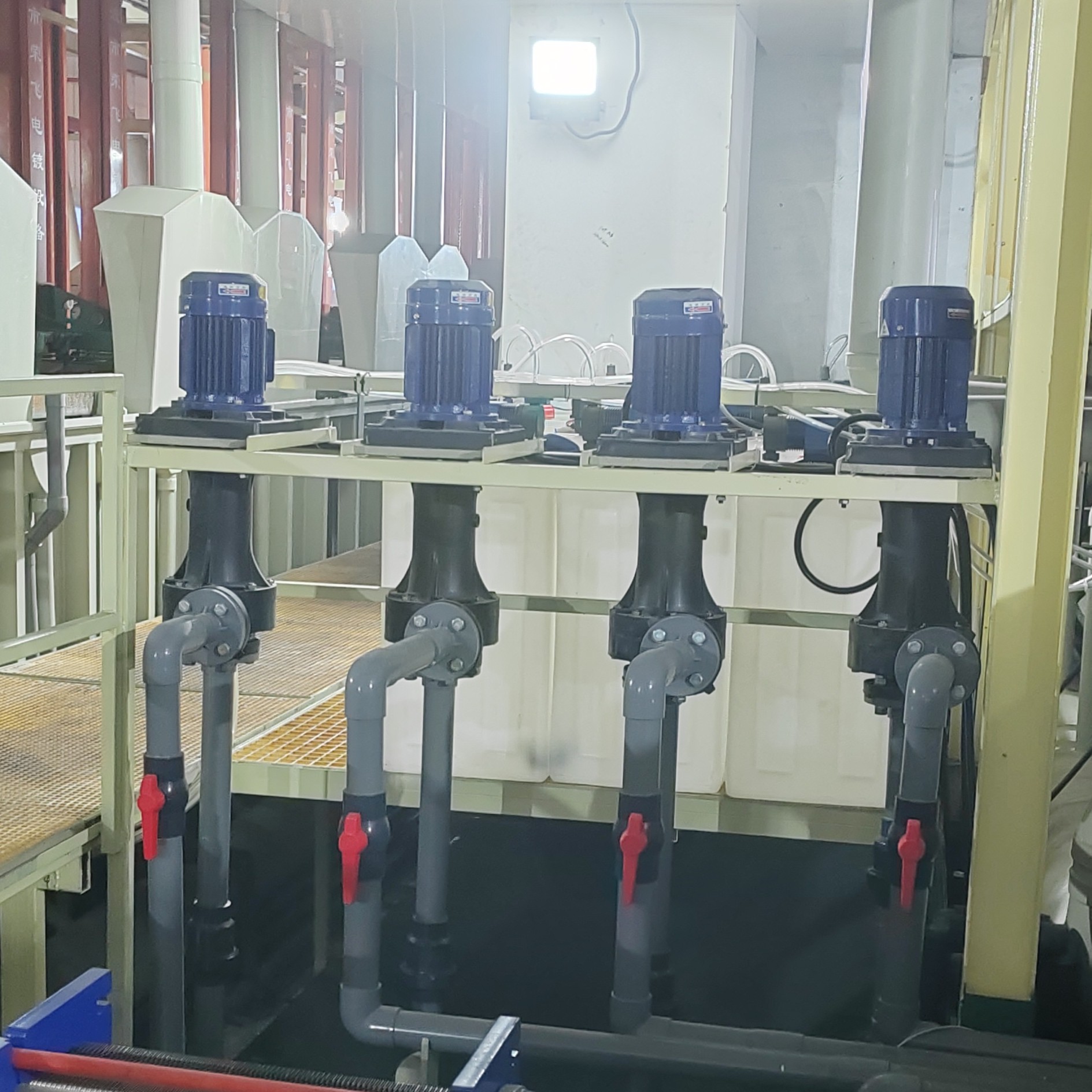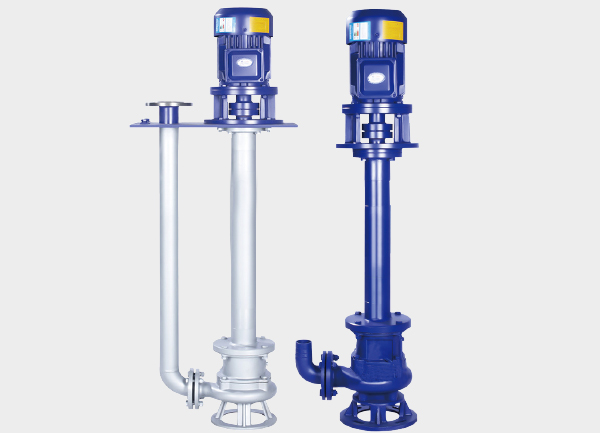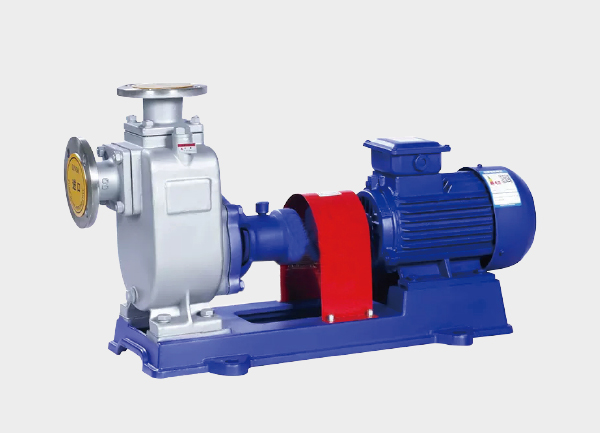In industrial sectors such as chemical, pharmaceutical, and environmental protection, submersible chemical pumps serve as critical fluid transfer equipment. Valued for their unique design and exceptional performance, they have become the preferred choice for many demanding applications. This article provides a comprehensive overview of their value from perspectives like working principles, core advantages, and application scenarios.

1. What is a Submersible Chemical Pump?
A submersible chemical pump is a type of vertical centrifugal pump where the working components (impeller and pump body) are directly immersed in the liquid within a storage tank or sump. It uses centrifugal force to transfer the medium to the target location. This design eliminates the need for additional shaft sealing arrangements, fundamentally avoiding leakage risks. It is particularly suitable for handling corrosive, flammable, explosive, or solids-containing liquids.
2. Why Choose a Submersible Chemical Pump? Core Advantages Explained
Zero Leakage & High Safety
Operating fully submerged eliminates traditional mechanical seals, solving leakage issues caused by seal wear.
Explosion-proof designs comply with international standards (e.g., Exd IIBT4), making them suitable for hazardous environments like chemicals and petroleum.
Compact Structure & Low Maintenance Costs
Vertical installation mounts directly above the tank, requiring no extra floor space and saving on infrastructure costs.
The seal-less, lubrication-point-free design reduces the need for regular part replacements, lowering maintenance costs by over 30% compared to traditional pumps.
Strong Corrosion Resistance & Wide Applicability
Wetted parts can be constructed from PP, PVDF, stainless steel, and other materials to withstand acids, alkalis, salts, and other corrosive media.
Utilizing an open impeller allows handling liquids containing solid particles or fibers, minimizing clogging risks.
High Efficiency & Stable Operation
Optimized hydraulic models and centrifugal impeller designs enable high-efficiency transfer, reducing energy consumption by 15%–20% compared to standard pumps.
The bearing system is self-lubricated by the medium, supplemented by cooling designs, ensuring long-term continuous operation.
3. Typical Application Scenarios
Submersible chemical pumps are widely used in the following fields:
Chemical Industry: Transferring corrosive media like hydrochloric acid, sulfuric acid, and alkaline solutions.
Environmental Engineering: Wastewater and sewage lifting and treatment.
Pharmaceutical & Food: Transferring high-purity solvents or process fluids.
Energy & Smelting: Circulating special media like high-temperature molten salts and sulfur.
4. Selection and Usage Recommendations
Select Material Based on Medium Characteristics: Choose PP/PVDF for highly corrosive media and metal alloys for high-temperature conditions.
Focus on Immersion Length & Flow/Head: Ensure sufficient pump submersion depth to prevent dry running.
Perform Regular Maintenance: Although designed for low maintenance, inspect bearings and impeller wear approximately every 2000 operating hours.
Conclusion
With their leak-free operation, corrosion resistance, and low maintenance, submersible chemical pumps form a reliable foundation for industrial fluid transfer. Whether the goal is enhancing safety, reducing operational costs, or adapting to complex conditions, they demonstrate outstanding value. Choosing a submersible pump is not just selecting a piece of equipment; it’s investing in long-term, stable protection for your production system.







